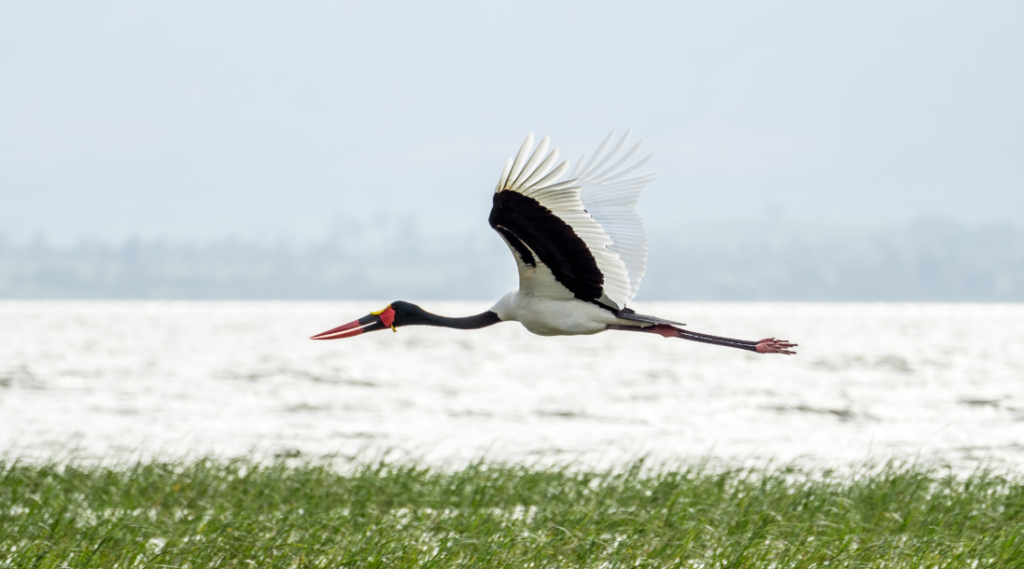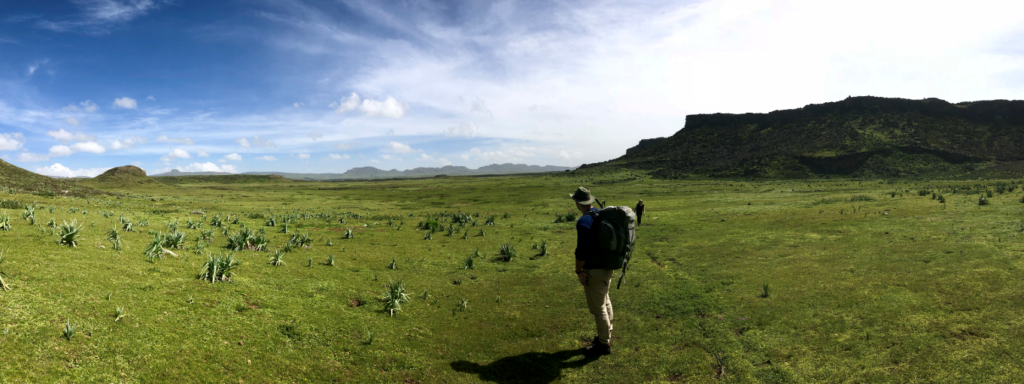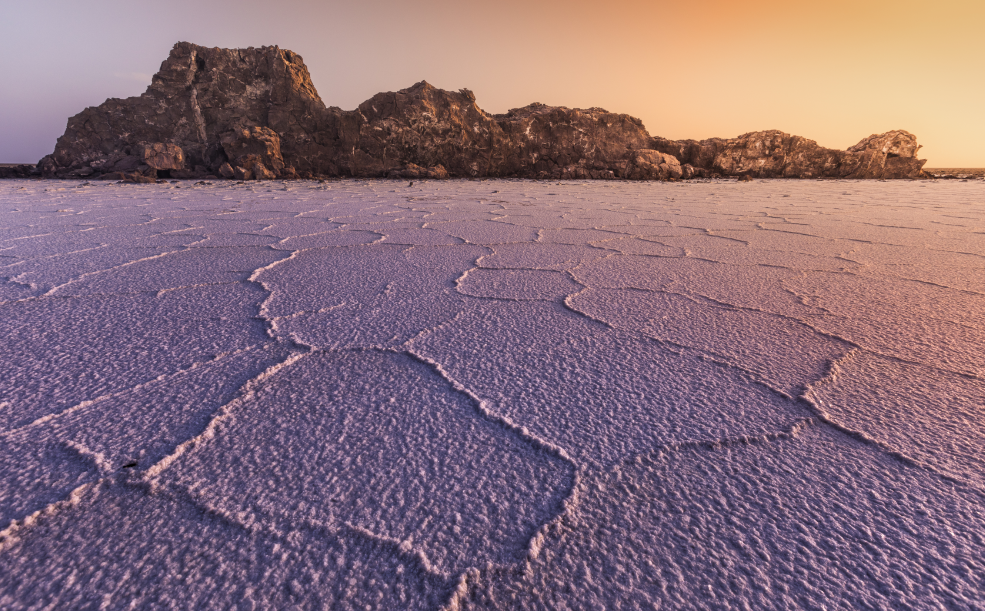YOUR COMPLETE BUCKET LIST
“The string of seven lakes that lie in the floor of the Rift Valley south of Addis Ababa are noted for their scenic beauty as well as offering some of the finest general birdwatching in Ethiopia. Four of these lakes are protected in a pair of national parks called Abijatta-Shaba and Nech Sar National Parks, while Lakes Ziway and Hawassa are bordered by eponymous towns, and Langano is the closest thing in Ethiopia to a bona fide beach resort. ”
-Philip Briggs
Author of Ethiopia: The Bradt Travel Guide
Horn of Africa is going to be broken up into two main landmasses in over a million year’s time at current splitting rate of few millimeters a year. Anyone wants to see the signs for him or herself? Go to Afar and Kenya to see the huge cracking lines running several kilometers within the Rift valley. Ertale or Irta’ale volcano, the only permanent lava lake on earth is another proof for this active and ongoing land formation. “As rifting continues, Earth will exhibit a large island in the Indian Ocean. This island will likely consist of parts of Ethiopia, Somalia, Kenya, and Tanzania,” said Trevor Nace, a geologist and founder of Science Trends.
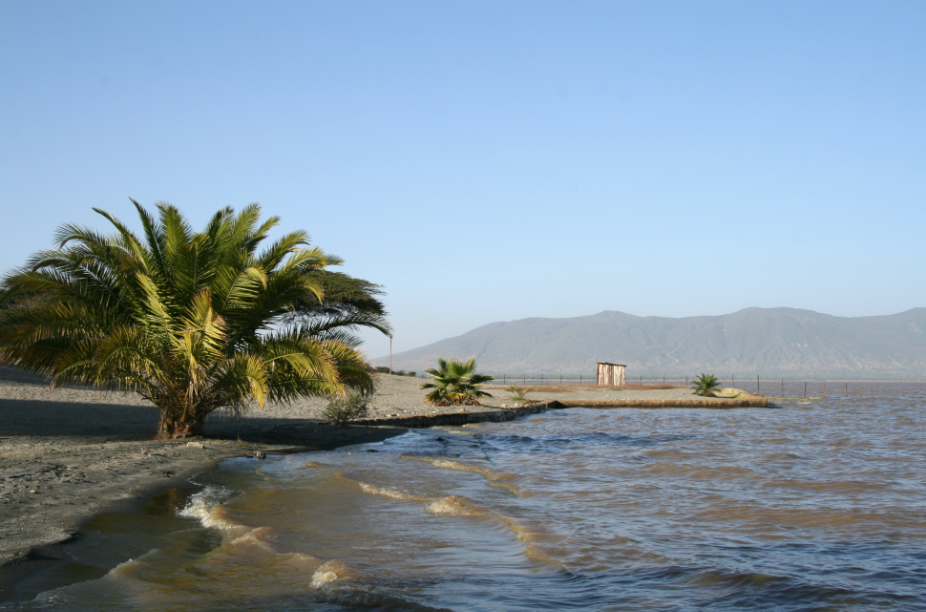
That is just geological aspect. There are a lot to see within this massive geographical phenomenon.
The part within Ethiopia (in Kenya, Tanzania, Mozambique too) has a lot to offer for travelers. It is punctuated by series of lakes such as Lake Langano, Ziway, Abiata-Shalla, Hawassa, Chamo, Abaya, Afdera (in Afar) and Abbe. This edition takes on the best bird watching sites of Lake Ziway, Lake Langano, Lake Hawassa and Abiata-Shalla Lakes National Park. Not only the ornithological abundance which makes the lakes best destination but also the geological features, landscape, culture, history, vegetation and inland shore they hold.
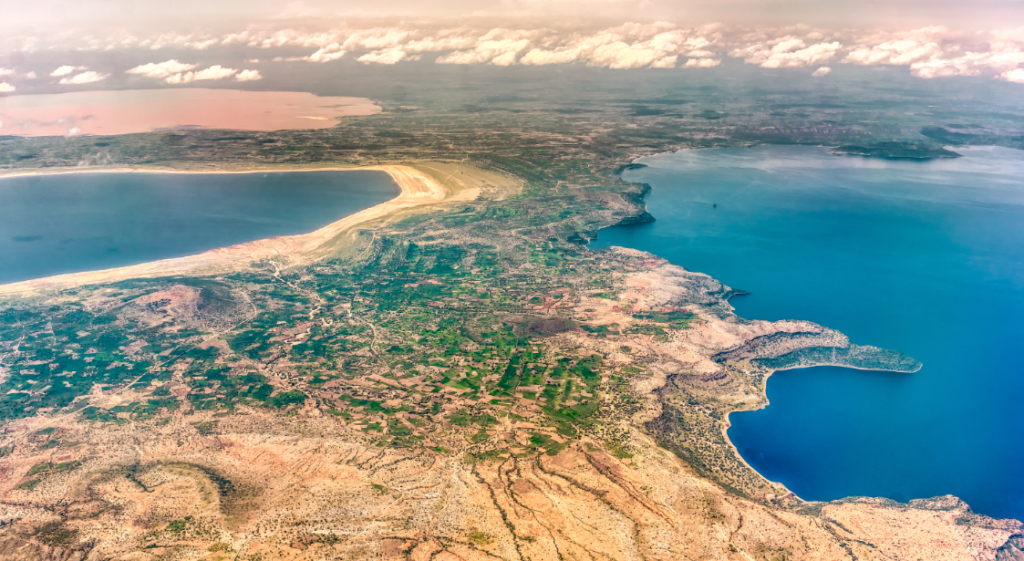
What makes a trip to Ethiopian Rift Valley Lakes quite different from other parts of Ethiopia? In fact, it’s exceptionally unique in many ways. It has diverse attractions to see unlike the very common Northern Historical travel routs dominated by history and heritages. Touring the Rift Valley Lakes presents travelers with variety of attractions to enjoy all the way from the beginning to the end. Rift Valley Lakes are undoubtedly the ornithological paradise of the country. Also it is the only place for water based excursions in the country. Plus it has unique geological features including the beautiful landscape, hot springs, crater lakes, and active volcanoes. National parks full of diverse wildlife and vegetation types add cream on the cake of the itinerary.
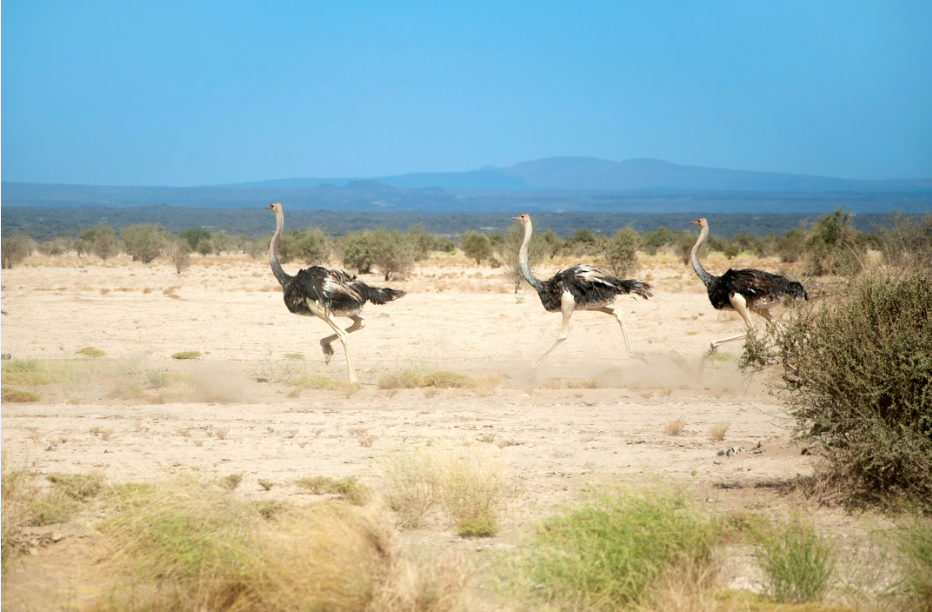
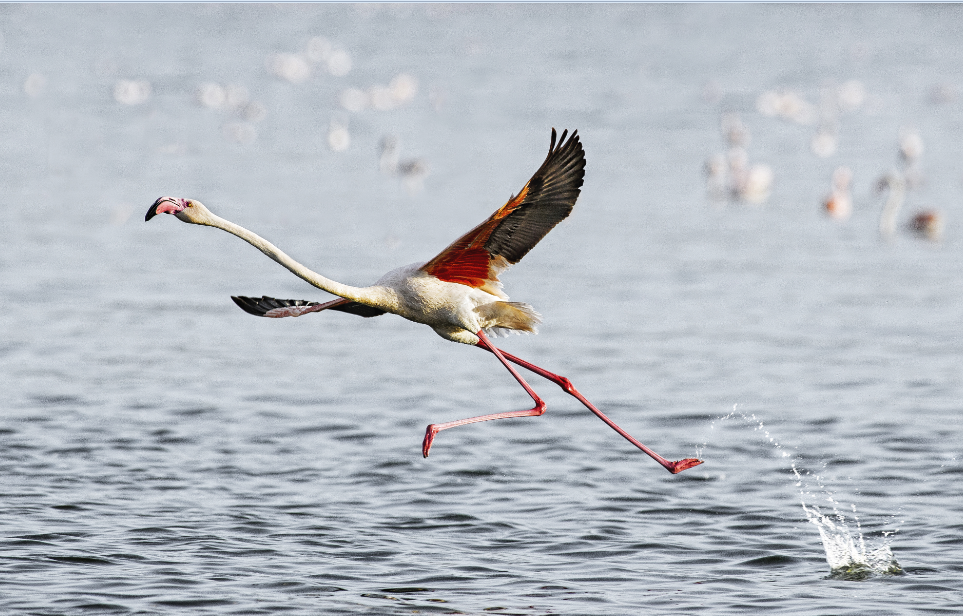
To start off the journey from the capital, there are two routes. The first is via Debrezeit–Mojo road and the second one is through Butajira. Both join at Ziway town. The former gives visitors a chance to pass through the beautiful Bishoftu crater lakes at Debrezeit town, and the manmade Koka Dams before getting at Ziway town. The later route passes through the way where the wonderful UNESCO heritage Tiya Stelae, the 12th -13th century rock-hewn Adadi Mariam Church and the Melka Kunture Prehistoric site. But one can’t afford to miss the opportunity to marvel at these remarkable human achievements.
Getting there
- By air: Ethiopian Airlines has a daily flight to Hawassa and Arbamench.
- By bus (of different standards): There are multiple options of bus transport directly
from Addis Ababa to Hawassa or Shashemene. Sky, Zemen, Yegna, Abay, Selam,
Waliya, Ethio bus and other safer, faster and comfortable transport services run from Meskel Square to Hawassa twice a day.
Prior booking is highly advised to make your travel convenient. There are other first, second and third level bus category with lower fare.
- Mini bus (Connecting through different destinations) From Kality bus station in
Addis Ababa minivans regularly run to and from Shashemene and Ziway.
- 4WD rentals: Four wheel drive cars of all kinds with driver and tour guides
can be rented from Addis Ababa. Best option for flexibility, efficiency and comfort.
Because the location of the lakes and the national parks require driving off the main roads, hiring minivans or four wheel drives is the best option.
Getting around
Better walk around to meet local people and their ways of lives and livelihoods. The bajaj and blue and white mini bus in all the towns are ready to take people wherever one want. Gari (horse drawn cart) and bike (typical of Hawassa) are also good alternatives to move around.
Where to eat and sleep
Accommodations and dinning are available in Lake Langano, Lake Hawassa, Abjata-Shala National Park and other places. Hotels, resorts, eco-lodges and pensions in Hawassa, Ziway, Wondo Genet and lakes areas provide multiple options for sleeping. Camping is also allowed in Lake Langano and Lake Zeway.
These hotels, resorts, lodges serve wide range of local and international dishes.
November-March is the best time of the year particularly for bird lovers to have a successful bird watching expedition as resident species are joined by large number of Palaearctic migrants.

